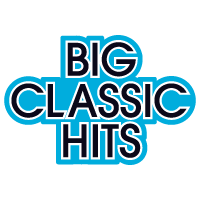

The American Top 40 chart includes more dance songs, more songs performed by DJs, and significantly more white artists than its counterpart, the Billboard charts. If you examine the American Top 40 chart, which is published weekly on iHeartRadio’s website, there are some striking differences.


Or at least, they aren’t playing the list of songs that everyone else considers to be the definitive version of the most popular songs in America: The Billboard Hot 100 chart. The weird thing about the top 40 stations, though, is that they aren’t really playing the top 40. If anything creates the soundtrack to an American life, it’s those stations. A hit played on top 40 radio is unavoidable, and can become a “song of the summer,” showing up in retail establishments and car rides alike. There are 150 iHeartRadio-owned top 40 radio stations that play top 40 hits 24 hours a day, every day, plus an iHeartRadio app that streams the stations. The show airs on iHeartRadio top 40 stations across the country and is hosted by the beloved Hollywood interviewer Ryan Seacrest. 1 syndicated radio program in the United States. Visit megaphone.American Top 40 is the No.

Let It Roll is proud to be part of Pantheon Podcasts. Thanks to everyone who contributed and thanks to all of you for listening! Thanks to the incredible outpouring of support for the show we have raised our $6000 goal which will pay Steph for a year's worth of recording and production work on the show. YOU HAVE SAVED THE LET IT ROLL PODCAST!!!!! Have a question or a suggestion for a topic or person for Nate to interview? Email us on Twitter. Hosts Nate Wilcox and Ed Legge continue their discussion of Michaelangelo Matos' "Can't Slow Down: How 1984 Became Pop's Blockbuster Year" with a look at the pair of music biz downturns that created the space for the new pop of 1984 to triumph: the early 80's record biz recession that followed the implosion of disco and the deeply moribund state of AOR Rock radio in the early 1980s.


 0 kommentar(er)
0 kommentar(er)
